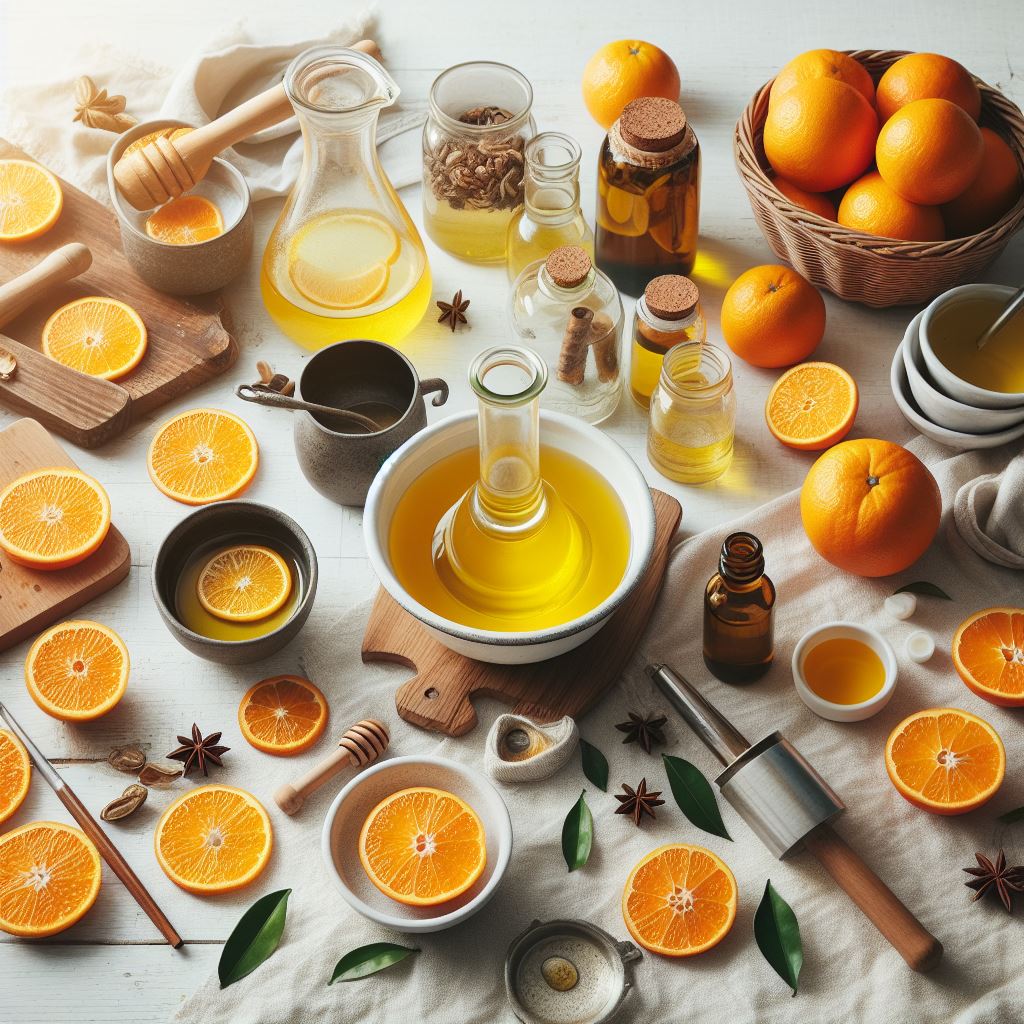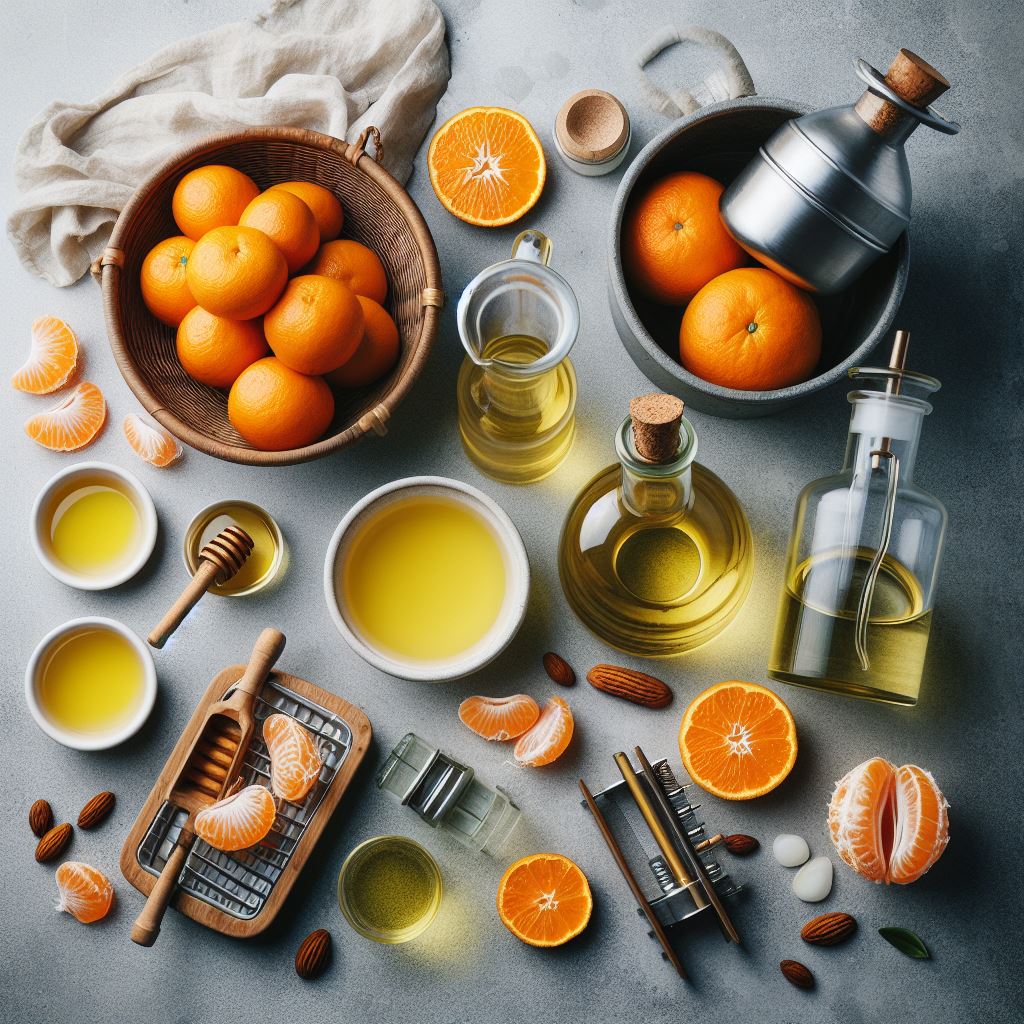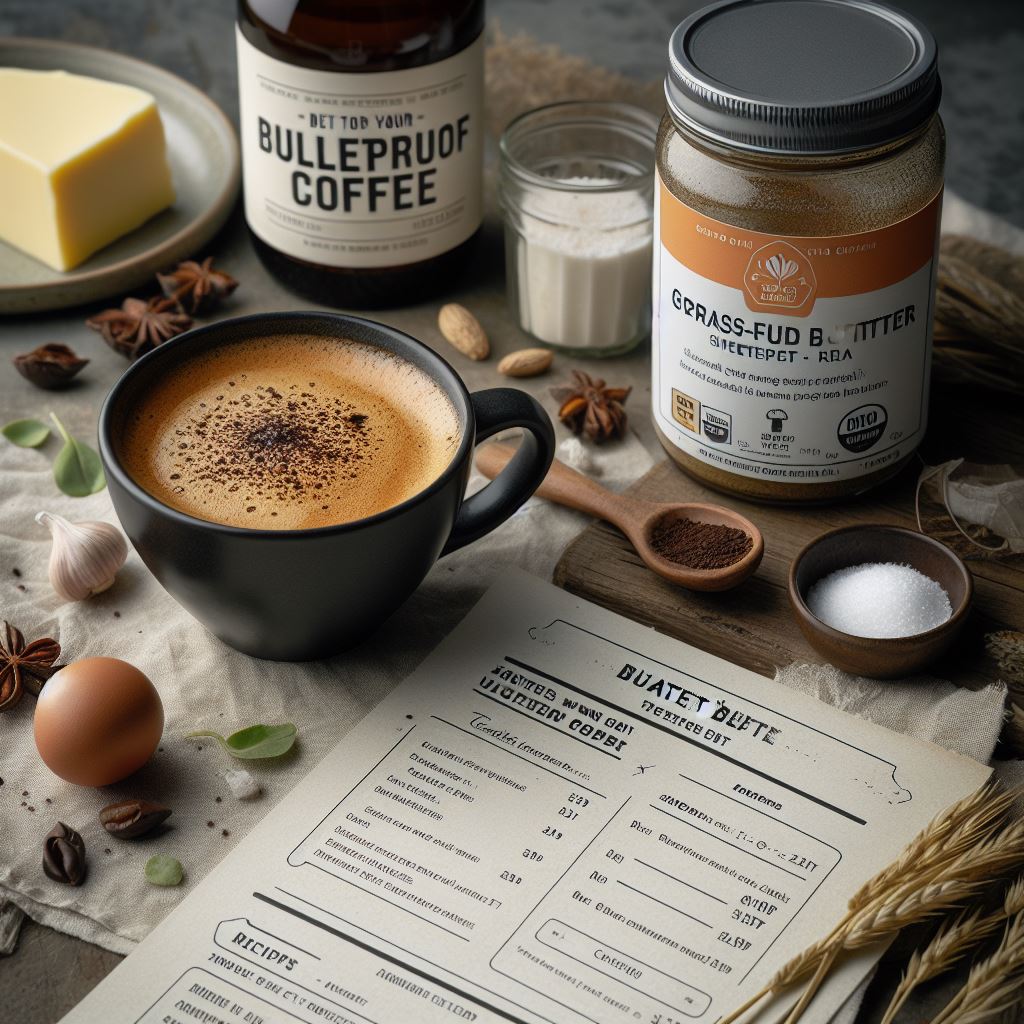Clementine oil is a natural hybrid of willow leaf mandarin and sweet orange, and it has a range of benefits and uses. It is rich in vitamin C and limonene, which have antioxidant and anti-inflammatory effects. It can also boost immunity, energize, and provide antimicrobial properties. In this blog post, I will show you how to make clementine oil at home using two different methods: cold pressing and distilling. Both methods are easy and require only a few ingredients and tools. Let’s get started!
Method 1: Cold Pressing
Cold pressing is a simple and effective way of extracting oil from fruit peels. It doesn’t involve any chemicals or heat, so it preserves the natural aroma and quality of the oil. Here are the steps to follow:
- Wash and peel the clementines. You can use a peeler, a knife, or your fingers to remove the rind of the fruit. The outer layer of the rind contains the most oil, so try to peel as thinly as possible. You can use the leftover fruit for eating or cooking.
- Press the peels. Use a pressing device, such as a sieve, a garlic press, or a mortar and pestle, to squeeze the peels over a jar. Apply a fair amount of pressure to extract the liquid from the peels. This liquid contains the oil you’re looking for.
- Separate the oil. Place the jar in the freezer for a few hours or overnight. The water will freeze, while the oil on top will remain liquid and can be poured into a container. You can use a dropper or a funnel to transfer the oil.
- Store the oil. Keep the oil in a dark glass bottle with a tight lid. Label the bottle with the date and store it in a cool and dry place. The oil should last for up to a year.
Method 2: Distilling
Distilling is another way of making essential oils at home. It involves boiling the peels in water and collecting the steam that contains the oil. It requires more equipment and time, but it produces a higher yield and quality of oil. Here are the steps to follow:
- Wash and peel the clementines. As in the previous method, you need to peel the fruit and save the rind. You can use the leftover fruit for eating or cooking.
- Prepare the distiller. You can use a homemade or a commercial distiller for this method. A homemade distiller can be made from a large pot, a glass bowl, a metal rack, and a lid. Fill the pot with water and place the metal rack inside. Place the glass bowl on top of the rack. The bowl should not touch the water. Cover the pot with the lid upside down. The lid should have a handle or a knob in the center.
- Add the peels. Place the peels in the water and bring it to a boil. The steam will rise and condense on the lid. The oil will drip from the handle or the knob into the bowl. You can also add some ice cubes on the lid to speed up the condensation process.
- Collect the oil. After an hour or so, turn off the heat and let the pot cool down. Carefully remove the lid and the bowl. You will see a layer of oil floating on top of the water. This is the clementine oil. You can use a dropper or a funnel to transfer the oil into a container.
- Store the oil. Keep the oil in a dark glass bottle with a tight lid. Label the bottle with the date and store it in a cool and dry place. The oil should last for up to a year.
Read Also:
Slow cooker: This method is similar to distilling, but it uses a slow cooker instead of a pot. You need to fill the slow cooker with water and add the peels. Then, cover it with a lid and cook on low for 8 to 10 hours. The steam will condense on the lid and drip into a bowl. You can separate the oil from the water as before1.
Oven: This method is similar to cold pressing, but it uses an oven instead of a pressing device. You need to spread the peels on a baking sheet and bake them at 200°F for 2 to 3 hours. The heat will release the oil from the peels. You can collect the oil with a dropper or a paper towel1.
Sunlight: This method is similar to cold pressing, but it uses sunlight instead of a pressing device. You need to place the peels in a glass jar and cover them with a carrier oil, such as olive, almond, or coconut oil. Then, seal the jar and place it in a sunny spot for 2 to 3 weeks. The sunlight will infuse the oil with the clementine scent. You can strain the oil and use it as a diluted essential oil1.
Vodka: This method is a way of making pure essential oil without distilling. You need to place the peels in a glass jar and cover them with vodka. Then, seal the jar and shake it well. Store it in a dark and cool place for 2 to 3 weeks, shaking it every day. The alcohol will extract the oil from the peels. You can filter the liquid and evaporate the alcohol by leaving it in a shallow dish for a few days. The remaining liquid is the clementine essential oil2.
I hope this helps you learn more methods to make clementine oil at home. If you have any questions or comments, feel free to ask me.

How to Use Clementine Oil
Now that you have made your own clementine oil, you can enjoy its benefits and uses in various ways. Here are some suggestions:
- Aromatherapy. Add a few drops of clementine oil to a diffuser, a humidifier, or a spray bottle and inhale the refreshing citrus scent. It can help you relax, uplift your mood, and reduce stress and anxiety.
- Skincare. Dilute clementine oil with a carrier oil, such as almond, coconut, or jojoba oil, and apply it to your skin. It can moisturize, brighten, and tone your skin. It can also help with acne, scars, and wrinkles. However, be careful not to expose your skin to direct sunlight after applying clementine oil, as it can cause phototoxicity and skin irritation.
- Cleaning. Mix clementine oil with water and vinegar and use it as a natural cleaner and disinfectant. It can remove stains, grease, and odors from various surfaces. It can also repel insects and pests with its citrus aroma.
- Cooking. Add a few drops of clementine oil to your recipes and dishes for a burst of flavor and nutrition. It can enhance the taste of salads, desserts, drinks, and more. It can also provide vitamin C and antioxidants to your diet.
Conclusion
Clementine oil is a versatile and beneficial essential oil that you can make at home with ease. You can use either cold pressing or distilling methods to extract the oil from the peels. You can also use the oil in different ways for aromatherapy, skincare, cleaning, and cooking. I hope you enjoyed this blog post and learned something new. If you have any questions or comments, feel free to leave them below.
Clementine oil and orange oil are both essential oils derived from citrus fruits, but they have some differences in their origin, aroma, and properties. Here are some of the main differences:
- Origin: Clementine oil is a hybrid of mandarin orange and sweet orange, while orange oil can come from various types of oranges, such as Valencia, Navel, or Blood oranges12.
- Aroma: Clementine oil has a sweeter, lighter, and more delicate scent than orange oil, which has a stronger, sharper, and more tangy aroma








